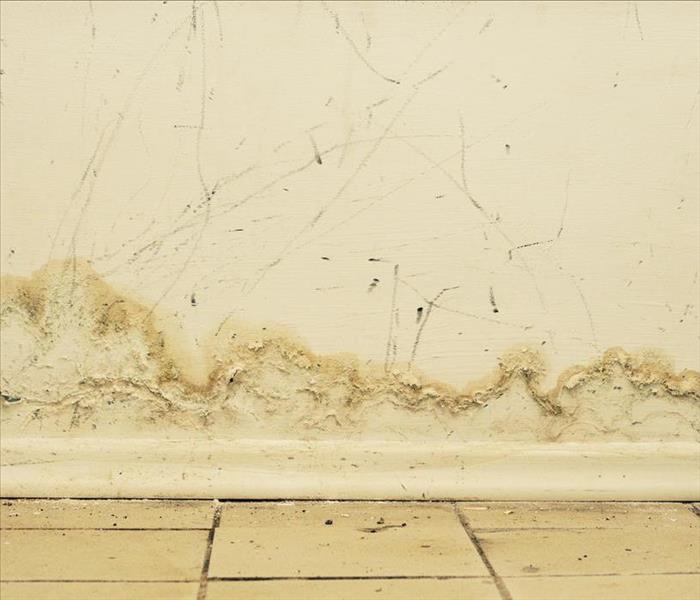3 Tips for Preventing Mold After a Home Flood
7/15/2021 (Permalink)
The water from a home flood can do severe damage to the structure of your home and its contents; however, the problems don't stop when the water is gone. Mold growth often follows flood damage, unless steps are taken to avoid it.
1. Clean and Dry Your Home Within 24 to 48 Hours
The longer excess moisture stays in your home after flooding, the more likely you are to have issues with mold. As soon as it is safe to enter your home, begin the process of cleaning and drying it out. Because floodwater can contain contaminants and pose other risks, such as electrocution, it is usually a good idea to contact a flood remediation company in Ogden, Utah, rather than attempt to do the job yourself.
2. Increase Air Circulation
High levels of humidity caused by damp surfaces in the home are one of the primary reasons mold growth occurs after a flood. Increasing air circulation can help reduce the level of humidity in your home. Open doors and windows. If it is safe to run your electricity, use fans and dehumidifiers to help with the drying process. If you have ceiling fans, turn them on. You can also add box fans or industrial fans.
3. Remove Wet Contents
Your home will dry out faster if you remove as many of the wet materials as possible. It is particularly important to remove difficult-to-dry items, such as wet carpets, carpet padding, mattresses, and upholstered furniture. If it is not raining, some items can be placed on the lawn to dry out. Items that can not be salvaged should be discarded. Clearing out the contents will also make it easier to complete mold removal, if necessary.
Drying out your home as quickly as possible is the key to avoiding mold growth after a flood. However, always check with authorities to ensure safety before going into a flooded home.




 24/7 Emergency Service
24/7 Emergency Service
